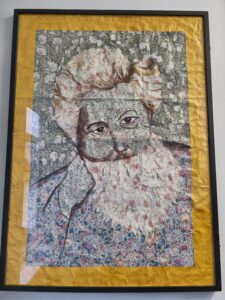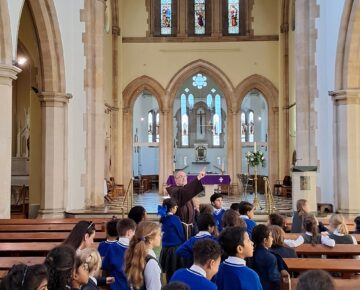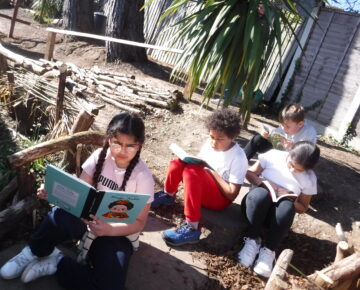Head of House: Mrs Gleadell
House Leader: Eva
House colour: Yellow
The Houses at Avon House Preparatory School are named after famous people with a local connection.
William Morris, writer, artist and craftsman, lived at Woodford Hall (now demolished but then situated on Woodford High Road) during part of his early years.
Each year Morris runs an event in School at Christmas to raise money for their chosen charity.
William Morris (1834-1896)
William Morris, the son of a successful businessman, was born on 24th March, 1834 in Walthamstow which was then a quiet village to the east of London. William’s father purchased Woodford Hall, a large estate which was then on the edge of Epping Forest, on the site where the Woodford Parish Memorial Hall now stands. His father bought him a pony and he rode about Epping Forest where he developed a love of forests, gardens, flowers and birds.
In 1847, following the death of his father, the home in Woodford was broken up and the family moved to Water House in Walthamstow. This grand house was set in its own extensive grounds which have since become Lloyd Park and Water House was subsequently opened as a museum, The William Morris Gallery, in 1950 devoted to the work of Morris, where it is still open to the public.
In 1853 Morris went to Oxford University with the intention of becoming a clergyman, but while there he met Edward Burne-Jones, also studying for the church and they both turned towards art. Having left Oxford, in 1856 Morris work for a year in the architectural office of G.E. Street. He then abandoned architecture and turned to painting. Morris and Burne-Jones came under the influence of Dante Gabriel Rossetti, the leader of the Pre-Raphaelite movement and together they painted frescoes for the Oxford Union.
Morris married Jane Burden, one of Rossetti’s models, with whom he had two daughters.
Morris also began writing poetry and in 1958 published the first of six volumes of poetry ‘The Defence of Guenevere and Other Poems’. Morris and his Pre-Raphaelite friends formed their own company of designers and decorators Morris, Marshall, Faulkner & Co and specialised in producing stained glass, carving, furniture, wallpaper, carpets and tapestries. In 1875 the partnership came to an end and Morris formed a new business company called Morris & Company. He still found time to write poetry and prose and having become a socialist he also started writing political pamphlets and went on speaking tours encouraging and participating in strikes and demonstrations.
Morris was a remarkable designer of home furnishings including carpets, tiles, stained glass, wallpapers and fabrics and his complex designs, incorporating plants, flowers and birds are still in production today. In addition he continued to be a prolific writer of poetry, fiction and essays and was asked to be Poet Laureate in 1892, an honour he declined.
Morris died on 3rd October,1896 and is buried in St George’s churchyard in Kelmscott, Oxfordshire close to Kelmscott Manor his country home.















